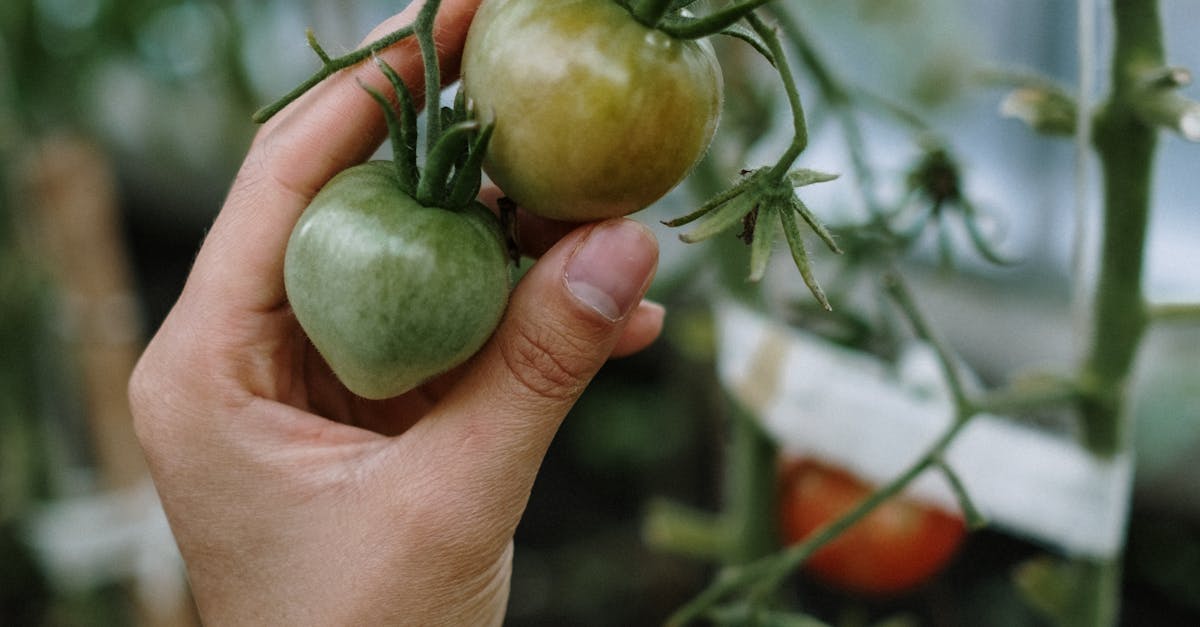Gardening is a fulfilling and rewarding activity that allows you to connect with nature while reaping the benefits of fresh produce. By incorporating vegetables into flower, herb, and permaculture gardens, you can create a harmonious and diverse ecosystem that not only looks beautiful but also serves a functional purpose. In this article, we will explore eight innovative schemes for growing vegetables in these holistic gardening setups.
1. Interplanting Vegetables with Flowers:
Enhance the aesthetics of your vegetable garden by interplanting vegetables with colorful flowers. Marigolds, nasturtiums, and calendula not only add visual interest but also help repel pests and attract beneficial insects to your garden.
2. Companion Planting in Herb Gardens:
Integrate vegetables like tomatoes, peppers, and lettuce into your herb garden to maximize space and promote biodiversity. For example, planting basil near tomatoes can improve the flavor of the fruit and deter pests.
3. Vertical Vegetable Gardening in Permaculture Designs:
Utilize vertical gardening techniques such as trellises, arbors, and hanging baskets to grow vegetables in permaculture gardens. By going vertical, you can make the most of limited space and create a visually striking garden design.
4. Polyculture Planting for Diverse Yields:
Experiment with polyculture planting by mixing different types of vegetables, herbs, and flowers in the same garden bed. This approach mimics natural ecosystems and promotes mutualistic relationships between plants, leading to healthier soil and higher yields.
5. Raised Beds for Vegetable Diversity:
Construct raised beds in your garden to create optimal growing conditions for a variety of vegetables. These elevated beds provide better drainage, soil aeration, and root development, allowing you to grow a wider range of crops in a limited space.
6. Succession Planting for Continuous Harvests:
Implement succession planting techniques to ensure a steady supply of fresh vegetables throughout the growing season. By sowing seeds or transplanting seedlings at regular intervals, you can maximize productivity and prolong the harvest period.
7. Mulching and Composting for Soil Health:
Maintain healthy soil in your vegetable, flower, herb, and permaculture gardens by incorporating mulching and composting practices. Mulch helps retain moisture, suppress weeds, and improve soil structure, while compost adds essential nutrients and beneficial microbes to the soil.
8. Integrated Pest Management for Natural Pest Control:
Adopt an integrated pest management approach to deal with pests in your garden without resorting to harmful chemicals. Encourage natural predators like ladybugs, lacewings, and birds while using physical barriers, companion planting, and organic pesticides to keep pest populations in check.
Conclusion:
By incorporating these eight creative schemes for growing vegetables in flower, herb, and permaculture gardens, you can create a vibrant and productive garden that thrives with biodiversity and sustainability. Experiment with different techniques, adapt them to your garden’s unique needs, and enjoy the bountiful harvests and beauty that result from your innovative gardening endeavors.


